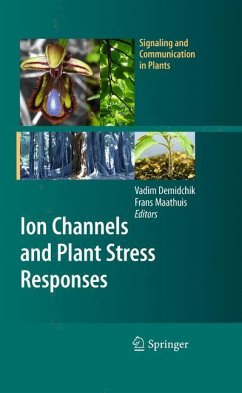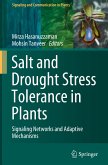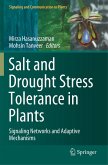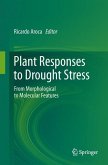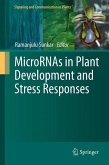Providing a range of perspectives on the topic, this overview presents the role of ion channels in plant stress responses. New insights into plant CA2+ signaling, salinity tolerance mechanisms, cyclic nucleotide gated channels and more are covered.
Plants live in a constantly changing environment from which they cannot physically escape. Plants therefore need signalling and response mechanisms to adapt to new local conditions. The ef?cacy of such mechanisms underlies the plant performance during stress and therefore also impacts greatly on agricultural productivity. M- ulation of ion channel activity not only provides a means for rapid signal generation 2+ but also allows adjustment of cellular physiology. For example, Ca permeable ion 2+ channels can transduce environmental stimuli into Ca -encoded messages which can modify the gene expression. Furthermore, ion channel activity is essential to control cellular ion homeostasis that impacts on plant responses to drought, salinity, pathogens, nutrient de?ciency, heavy metals, xenobiotics and other stresses. This volume focuses on the crucial roles of different types of ion channel in plant stress responses. Functions of ion channels are discussed in the context of mechanisms to relay external and endogenous signals during stress and as mechanisms to regulate cellular ion homeostasis and enzymatic activities in the context of biotic and abiotic stress. The chapters presented cover cation and anion channels located in various cellular compartments and tissues.
Plants live in a constantly changing environment from which they cannot physically escape. Plants therefore need signalling and response mechanisms to adapt to new local conditions. The ef?cacy of such mechanisms underlies the plant performance during stress and therefore also impacts greatly on agricultural productivity. M- ulation of ion channel activity not only provides a means for rapid signal generation 2+ but also allows adjustment of cellular physiology. For example, Ca permeable ion 2+ channels can transduce environmental stimuli into Ca -encoded messages which can modify the gene expression. Furthermore, ion channel activity is essential to control cellular ion homeostasis that impacts on plant responses to drought, salinity, pathogens, nutrient de?ciency, heavy metals, xenobiotics and other stresses. This volume focuses on the crucial roles of different types of ion channel in plant stress responses. Functions of ion channels are discussed in the context of mechanisms to relay external and endogenous signals during stress and as mechanisms to regulate cellular ion homeostasis and enzymatic activities in the context of biotic and abiotic stress. The chapters presented cover cation and anion channels located in various cellular compartments and tissues.

